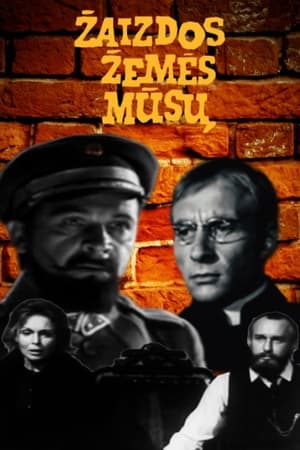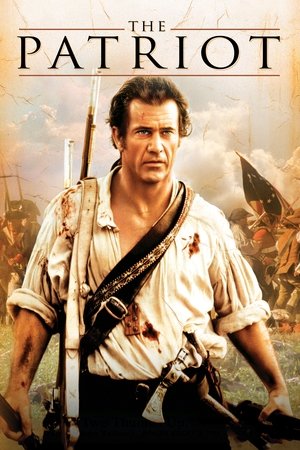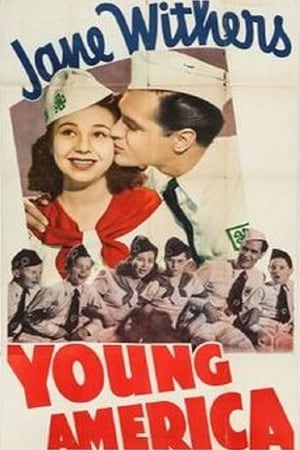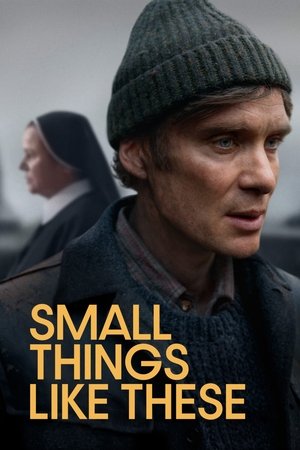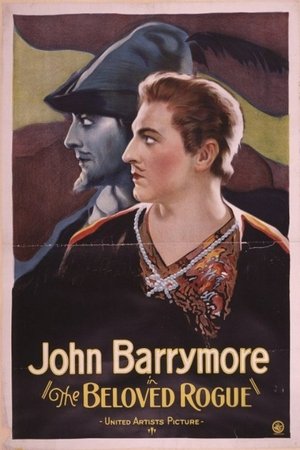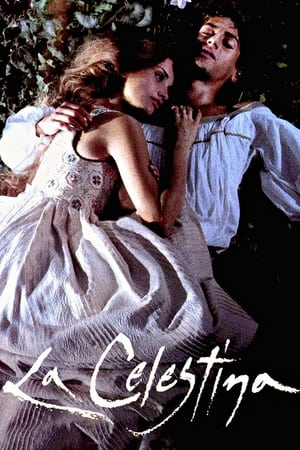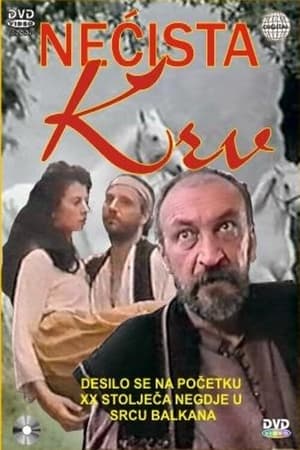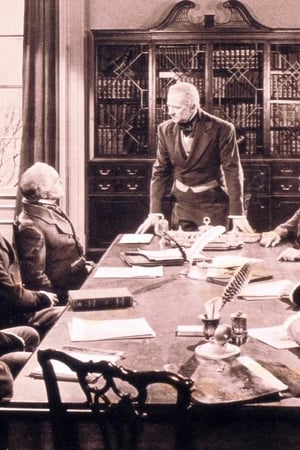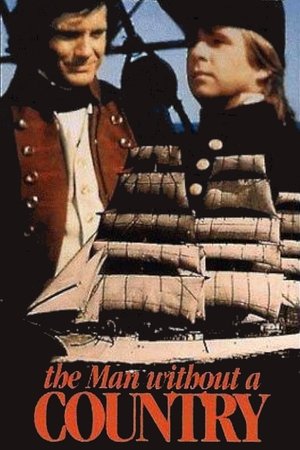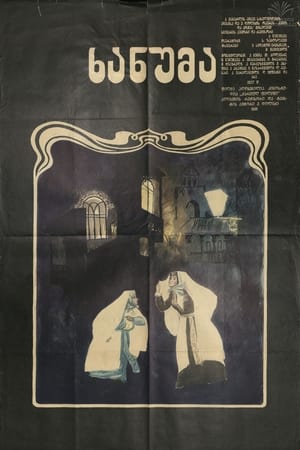Overview
When an injury bars him from pursuing his trade, Revolutionary War-era silversmith's apprentice Johnny Tremain finds a new life in the ranks of the Sons of Liberty army, taking part in the Boston Tea Party and Paul Revere's legendary ride.
Reviews
Johnny Tremain is the product of a time when a film made for television could wind up in theaters and you'd not notice the difference. In 1957, when this Revolutionary War drama was released to theaters, Walt Disney was savvy enough to ensure that movies which made their debut on that living room staple, TV, had no stigma attached to them.
Our story begins in July of 1773 when Boston was more of a harbor town than a metropolis. There, the titular hero, Johnny Tremain (Hal Stalmaster), has a life more humble than he might recognize. A hardworking silversmith's apprentice, Tremain values the standing and stability of his master Ephraim Lapham (Will Wright) and his family of three. In an effort to complete an important (and potentially lucrative) job submitted by the Laphams' landlord Jonathan Lyte (Sebastian Cabot, who would later narrate The Many Adventures of Winnie the Pooh and voice Bagheera in The Jungle Book), Johnny breaks the Sabbath, which was clearly a severe transgression then for the religious colonial people. In the process of covering up his work, Johnny burns his right hand. This act would single-handedly (no pun intended) change his life, for without proper treatment, his fingers begin growing together. Too proud or stubborn to keep residence with the Laphams without pulling his weight financially, Johnny is quickly out looking for a new job.
As you might expect, a young man with a nonfunctional dominant hand is not in high demand. At this low point, Johnny decides to pursue something his mother told him before dying: that his middle name is "Lyte" and that he is indeed a relative of the pompous and prosperous Mister Jonathan of the same name. Not the least bit convinced, Mr. Lyte has Johnny arrested on the suspicion of stealing a family heirloom as part of his scam. Johnny winds up behind bars, but has the good fortune to have Josiah Quincy (Whit Bissell), one of the best lawyers in Boston, defending him. With Quincy's service and some testimony from his former master's daughter Cilla (Luana Patten in her first adult role for Disney, following a career as a child actor in films like Song of the South, So Dear To My Heart, and Fun and Fancy Free), Johnny walks free.
Silversmith's apprentice Johnny Tremain takes a piece to Paul Revere for examination. JT hears about The Observer from this laid back young gentleman.
Still in need of a job, Johnny finds work as a one-handed horse-riding messenger boy for a publication called The Observer. This newspaper is the voice of the Sons of Liberty, a growing organization with members who are interested in obtaining basic rights for Americans. It is this new source of employment that pushes Johnny towards the American Revolution movement and makes his an historical story worth telling. It leads Tremain to the Boston Tea Party, where the Sons of Liberty, unconvincingly dressed as Indians, throw an extraordinary amount of tea off a boat into Boston Harbor, in protest of the British government's taxations and other activities. It is where the first of two installments neatly culminates for television airings.
The second half of the film begins in the spring of 1775 and one can assume Johnny's right hand has been surgically treated in the passed time, though it's never explicitly stated. This half of Johnny Tremain features more of the historically significant but at a cost: it's noticeably less engaging. It details the Sons of Liberty's progression towards battle, with too many specifics to appease historians and American Revolution buffs and not enough of the human drama that made Act One so fluid and captivating. By the time the film is done, rousing speeches have been given and some gunshots fired, and the viewer is still compelled by what is going on, but the potent emotional core seems to have come subservient to vague ideals and some dry facts.
Overall, Johnny Tremain is a noble and mostly enjoyable effort but one which demands your attention and sometimes struggles to retain it. With sharp dialogue and fine acting, the stately historical drama proceeds in an interesting and technically sound fashion. The film is even able to overcome one of its biggest drawbacks - namely, that it was clearly shot on a budget. This is evident in how much a film about taking action consists solely of talking, plus the liberal use of only partly-convincing matte work to make the sound stages appear like location shooting.
The pompous Jonathan Lyte laments the dumping of valuable tea. Look at Johnny Tremain (Hal Stalmaster) and Cilla (former Disney child star Luana Paten) look all important and patriotic.
Johnny Tremain represents director Robert Stevenson's debut outing for Disney. It is the first of nineteen theatrically-released Disney films that put Stevenson at the helm. While Stevenson was the on-set shot-caller behind such studio hits as Old Yeller, Darby O'Gill and the Little People, Mary Poppins and The Love Bug, it's often difficult to distinguish his sensibilities from what is perceived as the general Disney "aesthetic." As such, Tremain feels like one of Walt Disney's early live action dramas and specific praises and criticisms are tough to pinpoint.
The film is adapted from Esther Forbes' award-winning 1940s account and while it reportedly takes a few dramatic licenses with the story, like most chapters of history that are more than two hundred years old, such inaccuracies are likely to be detected by an esoteric scholarly lot. For taking liberties, I wish that Tremain had gone further if it would render it a little less dry and static. Even with the budget limitations, the film teeters on the brink of truly rousing and inspiring art, but falls a bit short of timelessness.

 80 min
80 min
 6
6
 1957
1957
 USA
USA
 MWMafodda wrote:
MWMafodda wrote:

